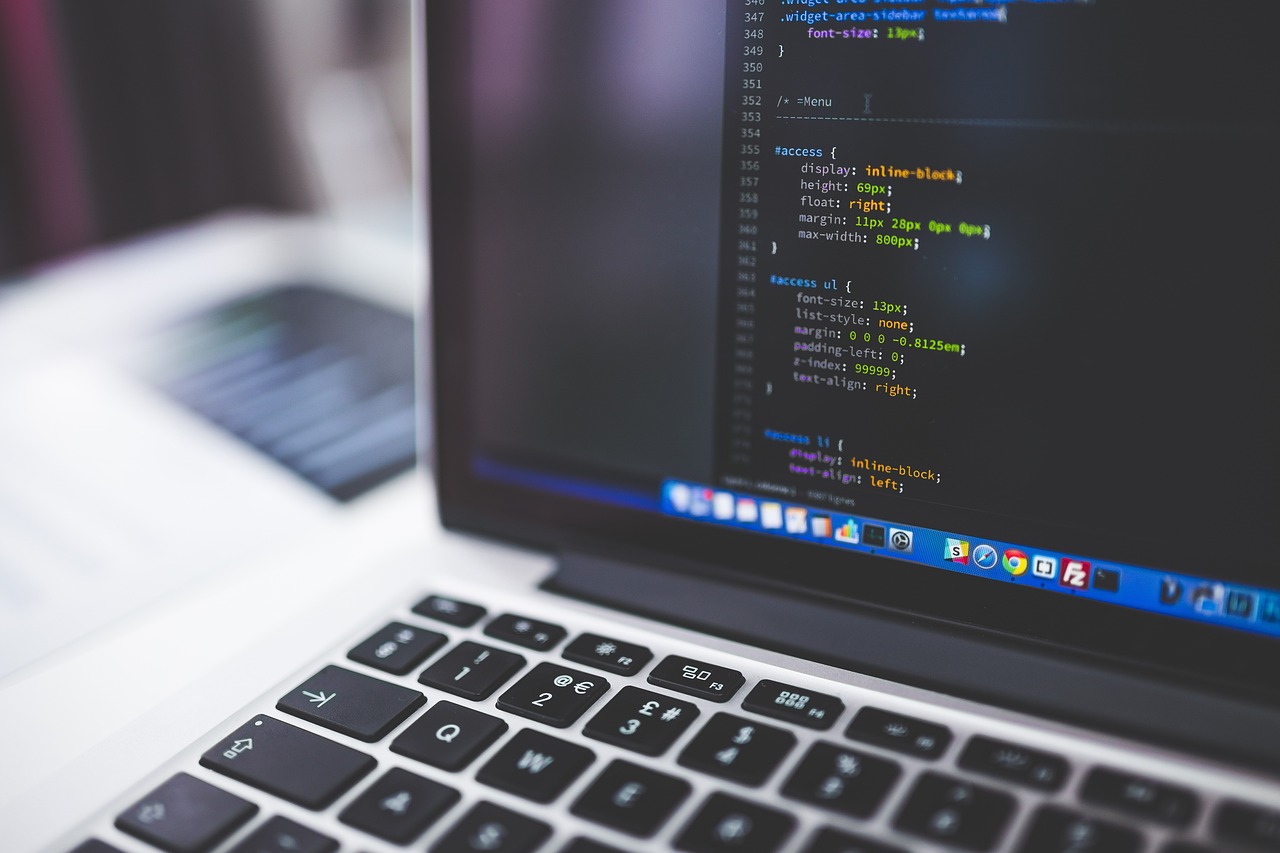Starting a new product development journey can be both exciting and challenging, especially for small businesses. Product prototyping is a crucial phase in this process that can significantly impact the success of your venture. In this article, we will guide you through the key steps and considerations when embarking on product prototyping for your small business.
Embarking on a new product development project for your small business is an exciting venture that holds the potential for growth and innovation. However, it’s essential to navigate this journey strategically to maximize your chances of success. One of the critical milestones in this process is product prototyping. This article will provide you with insights and a step-by-step guide on how to approach product prototyping effectively.
What Is Product Prototyping?
Product prototyping is the process of creating a preliminary model or sample of your product to test and evaluate its design, functionality, and feasibility. It allows you to visualize and assess your product’s potential before investing in full-scale production.
Product prototyping is essentially a trial run for your product idea. It’s a way to bring your concept to life in a tangible form, allowing you to see how it functions and identify any areas that need improvement. By creating a prototype, you can gain a clear understanding of the product’s strengths and weaknesses and make informed decisions about its development.
The Importance of Prototyping
Product prototyping offers several vital advantages for small businesses.
Firstly, it helps in reducing risks associated with product development. In the early stages of prototyping, you can identify design flaws, technical challenges, and potential issues. This early detection allows you to make necessary adjustments without incurring substantial costs, ultimately saving both time and money.
Secondly, prototyping significantly contributes to product quality. Through continuous testing and refinement of the prototype, you can ensure that your final product meets the highest quality standards. This quality assurance is vital for building a positive reputation and gaining the trust of your target audience.
Lastly, prototyping serves as a powerful communication tool. When seeking investment or collaborating with stakeholders, a physical prototype can convey your vision much more effectively than mere descriptions or drawings. It’s a tangible representation of your product’s potential and a compelling way to engage potential partners, investors, and manufacturers.
These are just some of the reasons why product prototyping is a critical step in the product development process for small businesses. It not only helps you mitigate risks and ensure quality but also enhances your ability to communicate your product’s value to the world.
Steps to Start Product Prototyping
Idea Generation
The first step in product prototyping is idea generation. This is the creative phase where you brainstorm and generate ideas for your product. Consider the problem your product will solve and the needs it will fulfill. During this stage, don’t restrict your thinking. Encourage innovation and exploration.
Idea generation can be a collaborative effort involving your team or even potential customers. By involving others, you can tap into diverse perspectives and come up with more innovative solutions. As ideas flow, make sure to document them, and don’t discard any at this point. You can evaluate and refine them in the subsequent stages.
Market Research
Once you have a collection of ideas, the next step is conducting thorough market research. This is essential for understanding your target market, customer preferences, existing competition, and potential demand for your product.
Market research provides critical insights that can guide your prototype development. You can identify market gaps or niches where your product could thrive. It helps you tailor your prototype to meet the specific needs and preferences of your target audience.
In this stage, gather data, conduct surveys, and analyze market trends. The more you know about your market, the better equipped you’ll be to create a prototype that resonates with potential customers.
Design and Sketch
Design and sketching are crucial steps in the product prototyping process. After generating ideas and conducting market research, it’s time to visualize your product. Create detailed sketches and design plans to serve as the blueprint for your prototype.
During the design phase, you should focus on translating your ideas into a concrete representation. These sketches don’t need to be highly detailed, but they should capture the essential aspects of your product’s form and functionality. Consider the user experience and how your product will interact with its intended users.
The sketches act as a visual reference and help you convey your concept to others involved in the prototyping process, such as designers, engineers, or manufacturers. This step is about ensuring everyone is on the same page regarding the product’s design.
Material Selection
Choosing the right materials for your prototype is a critical decision. It affects the prototype’s cost, durability, and functionality. In this step, you’ll want to consider various materials, keeping in mind the specific requirements of your product.
The choice of materials should align with the design and purpose of your prototype. For example, if you’re creating a prototype for a wearable tech gadget, you might need materials that are lightweight and flexible. On the other hand, if your product is a kitchen appliance, durability and safety might be more critical.
Keep in mind that, in this phase, you’re not necessarily using the same materials that will go into the final product. The focus is on creating a functional prototype that represents your product’s core features and functionality.
Prototyping Process
With your sketches and materials selected, it’s time to start the actual prototyping process. Depending on the complexity of your product, this stage may involve several steps and iterations.
The prototyping process is where your concept takes a tangible form. This is where you build a physical representation of your product. The level of detail and complexity in your prototype can vary, depending on your specific goals.
For instance, if you’re testing the overall concept and usability of a new mobile app, a low-fidelity prototype might consist of paper sketches or a digital wireframe. On the other hand, if you’re creating a physical product like a new type of kitchen gadget, you may need a more complex prototype that includes 3D-printed parts, functional components, and a polished design.
Throughout the prototyping process, it’s crucial to remain flexible. Be prepared to make adjustments and refinements based on what you learn during testing. This iterative approach is essential for developing a successful final product.
By following these steps, you can effectively embark on the product prototyping journey for your small business. Each stage is crucial to bringing your innovative ideas to life, mitigating risks, and ensuring that your product meets high-quality standards. The prototyping process may be complex, but the results can be highly rewarding in terms of innovation and business growth.
Choosing the Right Prototype Type
Proof of Concept
When selecting the type of prototype for your project, it’s essential to consider your goals and the stage of development. A “Proof of Concept” prototype is typically the simplest and serves the primary purpose of demonstrating that your idea is feasible. It’s a preliminary model that focuses on the core concept, showing that your idea can work in principle.
Creating a Proof of Concept prototype is an excellent starting point, especially when you want to secure initial investment or prove your idea to potential stakeholders. It can be a basic representation, such as a mock-up or a functional demo, that illustrates the fundamental functionality of your product.
Working Prototype
As you progress, you may move to a “Working Prototype.” This type of prototype is more advanced and aims to demonstrate the functionality of your product in a more realistic manner. A working prototype is designed to show that your product can perform its primary functions and is a step closer to the final product.
Working prototypes are particularly useful for testing the user experience and gathering valuable feedback. They can help you identify any usability issues, fine-tune the user interface, and ensure that the product is user-friendly and practical.
Functional Prototype
The “Functional Prototype” is the most advanced type of prototype and closely mimics the final product. It should be fully operational and capable of performing all the functions that the actual product will. This level of prototype provides the most accurate representation of your product’s performance.
Functional prototypes are often used to test the product under real-world conditions and to identify any potential flaws or weaknesses. They are essential for refining the design, ensuring that all components work harmoniously, and validating the product’s functionality before moving on to mass production.
The choice of prototype type should align with your specific goals, budget, and project stage. Starting with a Proof of Concept and progressing to a Working and then a Functional Prototype can be a strategic approach to developing your product while managing costs and risks effectively.
Finding Prototyping Services
In-House Prototyping
Small businesses often face the decision of whether to establish in-house prototyping capabilities. This choice depends on your resources, expertise, and the scale of your project.
In-house prototyping allows for more direct control over the process and can be cost-effective for projects that require frequent iterations. It’s a practical choice if you have the necessary equipment, expertise, and personnel to handle prototyping within your organization.
Outsourcing Prototyping
Outsourcing prototyping to experienced professionals is a common choice for small businesses, especially when they lack in-house resources or expertise.
Outsourcing can be beneficial because it provides access to specialized knowledge and equipment. Professional prototyping services can help you navigate the complexities of the prototyping process, save time, and ensure high-quality results. It’s often a cost-effective and efficient option for small businesses, especially when dealing with complex or large-scale projects.
Small businesses should carefully consider the advantages and disadvantages of both in-house and outsourced prototyping to determine the best approach for their specific needs and project requirements.
In this way, the decision between in-house and outsourced prototyping is influenced by your business’s resources, capabilities, and the complexity of your project. The goal is to ensure that the prototyping process is efficient, cost-effective, and results in a high-quality prototype for testing and validation.
Cost Considerations
Determining the budget for your prototype is a crucial aspect of the product development process. It’s essential to balance the investment in prototyping with the potential returns of the final product.
The cost of prototyping can vary significantly based on factors such as materials, complexity, and the number of iterations required. It’s essential to establish a clear budget that covers the costs of materials, labor, and any outsourced services. Ensure that your budget also includes a contingency for unexpected expenses that may arise during the prototyping process.
While it’s important to manage costs, remember that the quality of your prototype is vital. Cutting corners on materials or design can lead to an inaccurate representation of your product, potentially affecting its success in the market. Small businesses should strike a balance between cost-efficiency and quality when budgeting for prototyping.
By carefully managing your budget and making informed decisions during the prototyping process, you can achieve a high-quality prototype that aligns with your project’s goals and resources.
Testing and Feedback
Once your prototype is ready, the testing and feedback stage is crucial. This is where you gather input from potential users, stakeholders, and experts to evaluate the prototype’s performance and make necessary adjustments.
Testing allows you to identify any issues, flaws, or areas for improvement in your prototype. Collecting feedback from diverse perspectives is essential because it provides insights into different aspects of your product’s design and functionality.
Testing and feedback help ensure that your product prototype meets the needs and expectations of your target audience. It’s an iterative process that may require multiple rounds of testing and refinement to arrive at the best possible version of your prototype.
Making Improvements
After gathering feedback, it’s time to make improvements to your prototype. This phase involves refining the design, functionality, and any other aspects identified during testing and feedback.
The key to successful prototyping is flexibility. Be prepared to make adjustments and embrace change. This adaptability ensures that your product evolves in response to real-world testing and feedback, making it more likely to succeed in the market.
By continuously improving your prototype based on feedback, you increase the chances of creating a final product that aligns with the needs and desires of your target audience.
In this way, product prototyping is an iterative process, and making improvements is a natural and essential part of that process. Small businesses should view this phase as an opportunity for growth and innovation rather than a roadblock to success.
Final Prototype
The “Final Prototype” is the culmination of all the previous steps. It is the version that closely resembles the product you intend to manufacture and sell.
The final prototype should represent your product in its true form, both in terms of design and functionality. It serves as a model for the actual product you plan to mass-produce, and it should meet all the specifications and standards required for production.
Creating a final prototype is a significant milestone in your product development journey. It marks the transition from the prototyping phase to the production phase, and it’s a clear indication that your product is nearing readiness for the market.
Small businesses should pay close attention to the final prototype because it serves as a reference point for manufacturers and plays a critical role in ensuring the product’s quality and functionality.
Preparing for Production
As you complete the final prototype, you need to prepare for the transition from prototyping to full-scale production. This phase involves selecting manufacturers, sourcing materials, and setting up production processes.
Small businesses should consider various factors when preparing for production. These factors include cost-effectiveness, scalability, and quality control. It’s essential to establish relationships with reliable suppliers and manufacturers to ensure a smooth transition from prototype to production.
Manufacturing your product at scale is a significant step that involves its own set of challenges and considerations. However, by carefully planning and preparing, you can ensure that your product’s journey from prototype to production is as seamless as possible.
Product prototyping is an essential step in the journey of developing a new product for your small business. It minimizes risks, improves product quality, and enhances communication with stakeholders. By following these steps, you can navigate the prototyping process successfully and increase your chances of creating a successful product that resonates with your target audience.
The prototyping journey is not without its challenges, but these challenges also present opportunities for growth and innovation. As a small business, embracing the prototyping process and recognizing its value in refining your product can set you on a path toward success.
Through effective prototyping, you can make informed decisions, minimize risks, and ensure the quality of your product. This process also allows you to iterate and refine your concept until it reaches its full potential.
FAQs
What is the main purpose of product prototyping?
The main purpose of product prototyping is to test and evaluate a product’s design, functionality, and feasibility before proceeding to full-scale production. It serves as a crucial step in mitigating risks, ensuring quality, and enhancing communication with stakeholders.
Can small businesses afford product prototyping?
Yes, small businesses can afford product prototyping. The cost of prototyping can vary depending on the complexity of the project, but careful budgeting, material selection, and, if needed, outsourcing can make prototyping affordable for small businesses.
How long does the prototyping process typically take?
The duration of the prototyping process can vary significantly depending on the complexity of the product and the number of iterations required. It can take anywhere from a few weeks to several months, but careful planning can help streamline the process.
Is it essential to create multiple prototypes?
Creating multiple prototypes is not always necessary, but it can be beneficial. Multiple prototypes allow you to test different design variations and concepts, gather more feedback, and ensure that you’re making the best choices for your final product.
What if my product prototype fails?
If your product prototype doesn’t meet your expectations or fails in some way, don’t be discouraged. Use the feedback and insights gained from the failure to make necessary improvements to your design and concept. Failure in prototyping can be a valuable learning experience that leads to a more successful final product.




